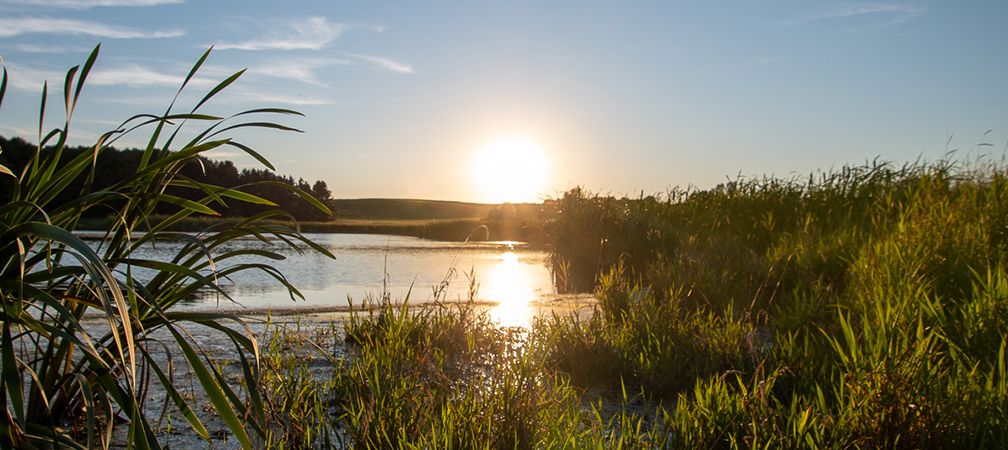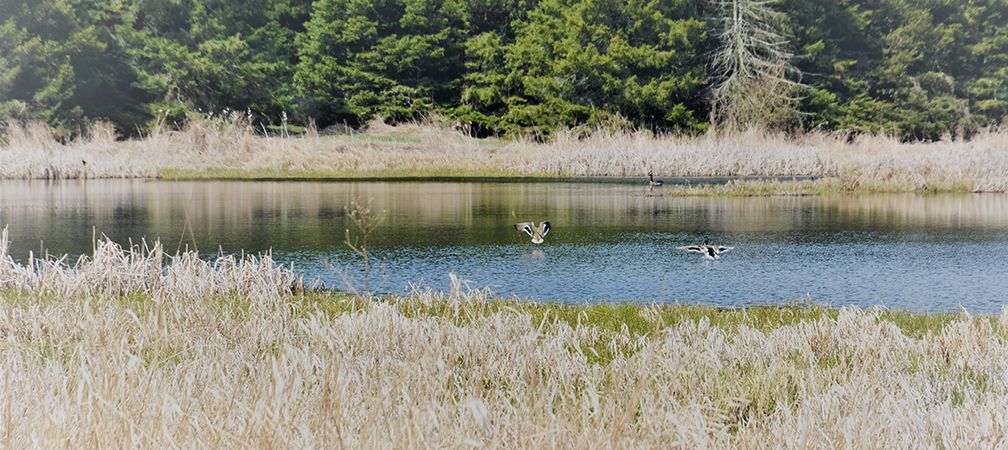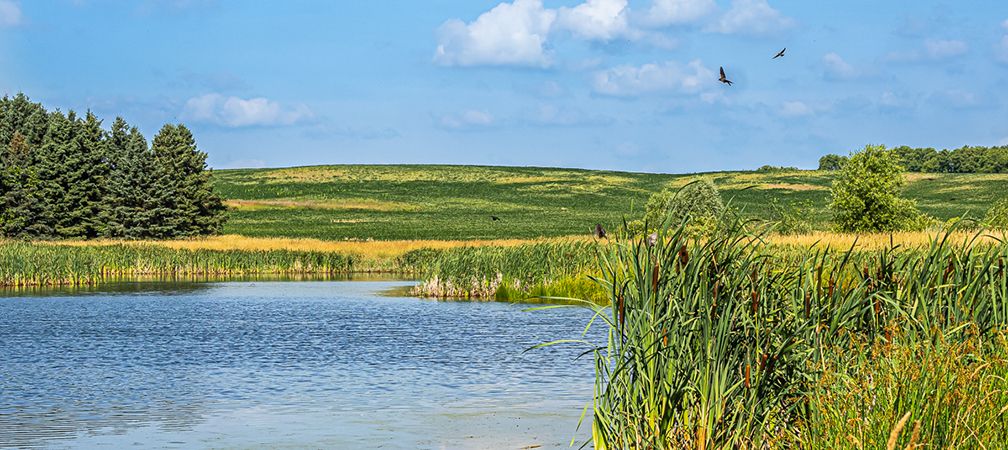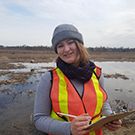Ontario Nature Blog
Receive email alerts about breaking conservation
and environmental news.
© Lora Denis
Wilmot Township farm © Citizens for Safe Groundwater
Southern Ontario has long been known for its fertile farmland, which supports a thriving agricultural industry and provides food for local communities. Shockingly, however, we are now witnessing the loss of this valuable resource at the rate of 319 acres per day – a rate that may well accelerate given recent and ongoing changes to provincial land use policy that opens up farmland to development. In this context of ongoing and potentially accelerated loss, it is easy to see why the proposed Hallman Pit, a gravel pit that would be sited on prime farmland in Wilmot Township, has been a hot topic of debate. The threats of this proposal don’t stop at farmland, as the surrounding natural features, including a wetland, are also in the crosshairs.
Many area residents are concerned about the Hallman pit’s potential environmental impact and have been doing everything they can to stop it. Rightly outraged by Wilmot Township Council’s recent decision to reverse their previous unanimous vote against the pit, some community members are worried whether their efforts to halt the pit will be enough.

The Citizens for Safe Groundwater (CFSG), a local grassroots group, has been fighting for four years to protect the 150 acres of farmland from being destroyed. In 2022, CFSG partnered with Small Change Fund to amplify their efforts to stop the Hallman Pit. They have done an incredible job of rallying the community, bringing in experts, fundraising, and originally convincing the previous Wilmot Council to vote unanimously against the pit. In October of 2023, the CFSG will be objecting to the Hallman Pit application at the Ontario Land Tribunal.
One of many concerns from residents is the impact the pit would have on the local aquifer, a layer of underground sand and gravel that stores and carries groundwater. A vital source of water for both drinking and agricultural uses, this aquifer is vulnerable to contamination and depletion from mining activities. Approximately 40 percent of the property covers the aquifer, which provides seven percent of the Region of Waterloo’s drinking water, raising many concerns about the potentially devastating impacts on the environment and local communities.

Various natural habitats are threatened by this proposal, such as groundwater, farmland, forests, and a wetland on site, which help to replenish groundwater sources and provide habitat for waterfowl and other species. Small wetlands such as this help to store carbon, filter water, and provide habitat, but face massive threats across southern Ontario due to urban expansion, resource extraction, and changes to the policies that protect them.
Additionally, residents are concerned about the impacts on air quality that will occur because of the dust generated by the aggregate extraction process, as well as the pollutants released from large trucks and machinery. Fine particulate matter can be carried great distances by wind and is considered toxic when inhaled, embedding itself into lung tissue with no known mechanisms for removing it from the body. The impacts of fine particulates are more hazardous to our health than other types of air pollution that are more commonly known, such as smog, sulphur dioxide, and carbon monoxide, and are linked to numerous heart and lung problems including aggravated asthma, decreased lung function, irregular heartbeats, nonfatal heart attacks, and even premature death in people with pre-existing health issues.

“Local governments need to start standing up,” said Rory Farnan, secretary for the CFSG. “They should be saying, ‘No, enough is enough. We’re not going to jeopardize our drinking water sources, sacrifice precious farmland and disrupt the community that has been there for a long, long time.'”
According to the Province of Ontario’s online map of pits and quarries, there are already over 80 aggregate mining pits covering roughly 3,122 hectares of land within Waterloo Region, the equivalent of 4460 football fields. The development of the Hallman Pit would further surround the local communities that already feel the impacts of the surrounding aggregate pits including dust, noise, and increased traffic.

Given these concerns, it’s clear that the Hallman Pit is not in the best interests of the region’s farmers, residents, or environment. We need to work together to find sustainable solutions that balance the needs of industry with the need to protect our natural resources. By supporting local agriculture and promoting responsible land use policies, we can help ensure that southern Ontario remains a vibrant and sustainable region for generations to come.
To act now, please consider voicing your concern through the Citizens for Safe Groundwaters online petition.

Gananoque Lake Nature Reserve © Smera Sukumar
Sadly, the Hallman Pit story is but one example of the unhindered expansion of the aggregate industry, threatening loss and degradation of farmland and wetlands and citizens voices silenced by Government tactics.
Here in Brock township this same scenario is playing out on a larger scale with significant loss of productive farmland and potential for disruption to Provincially Significant Wetland and source water for Lake Simcoe.
The longterm picture for future generations needs to be balanced with any short-term gain.
Soil that presently grows food ends up as sterile lawns and doesn’t feed future generations.
Careful planning is needed not knee jerk decisions.
Bill Maddeford
Farmland & wetlands are important & need saving!!